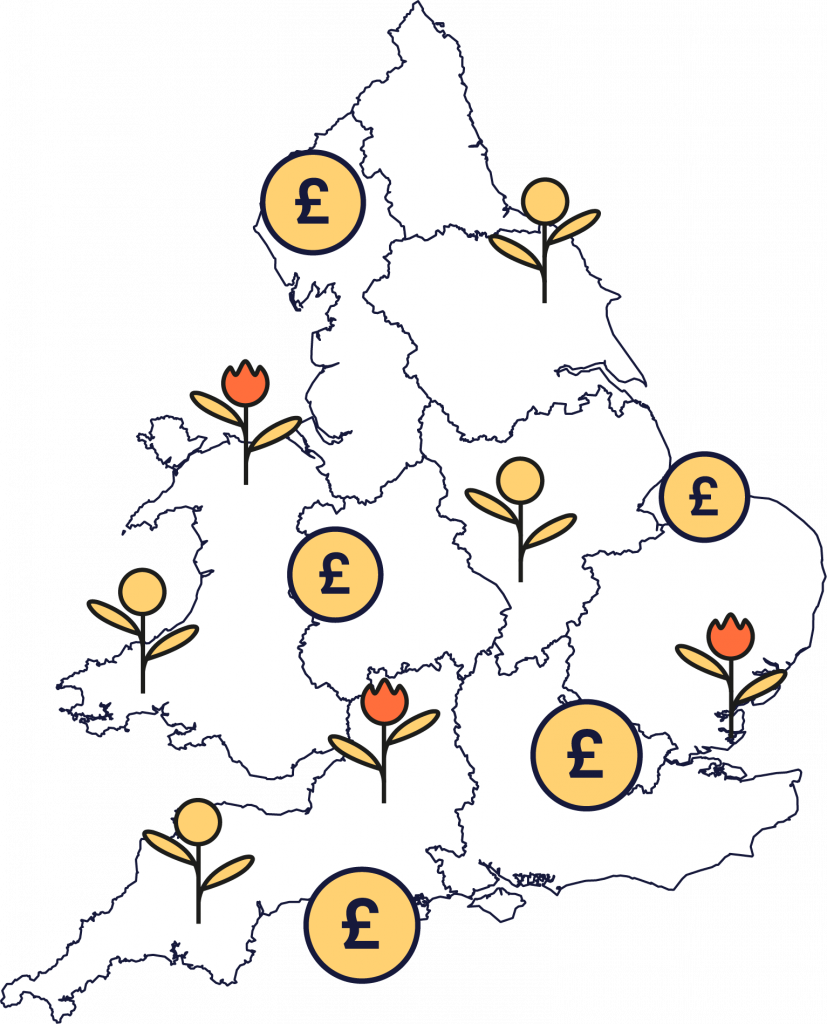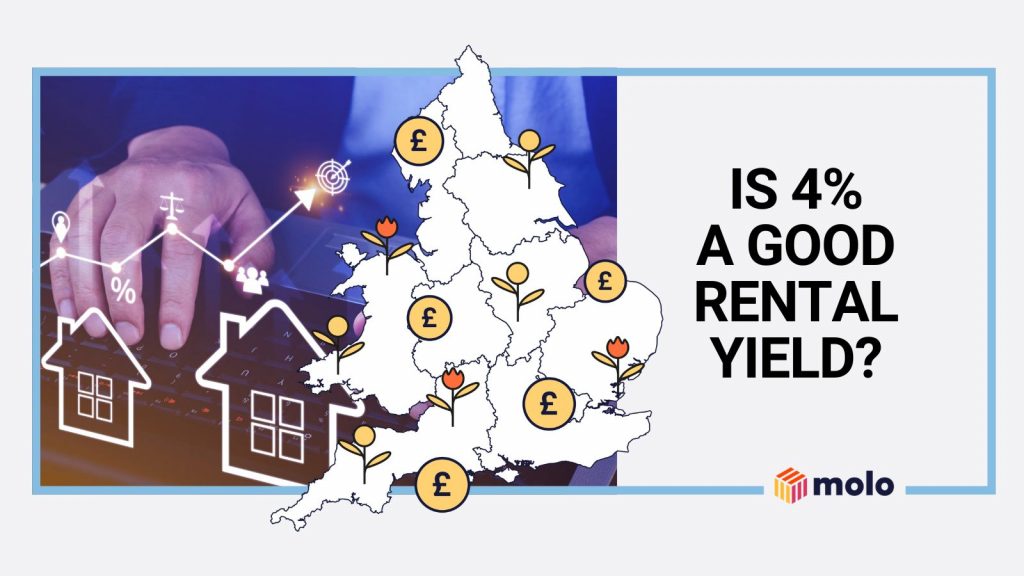The cost of living crisis has impacted nearly every area of our daily lives, and a new survey of 250 landlords conducted by the team here at Molo has revealed that almost 60% of UK landlords have seen an increase in late rent payments amidst the current financial climate.
On top of this, we also found that one of the biggest worries for landlords in 2024 is tenants being unable to pay their rent, with 44% admitting this is a big stressor for them as we head into the new year.
With this in mind, the survey has delved deeper to reveal the true impact of late rent payments, how the cost of living crisis has accentuated these, and what landlords are doing to support tenants during this time. We’ve also provided tips for how landlords can effectively handle late payment issues with tenants.
How much are landlords owed in late rent?
According to our survey, landlords in the UK are experiencing an average of 2.9 late payments per year, though this does differ slightly across the country.
Landlords in Yorkshire and the North East see the highest amount of late payments each year, at around 3.4.
The financial impact of late rent is also significant. Our study found that landlords are owed an average of £725 from late rent, though again this does differ by region.
Landlords in Greater London are owed the most, at £806, though perhaps this is not surprising given the higher rental prices in the capital city. This is followed by those in the East of England (£770) and the East Midlands (£760). Landlords in the North West are owed the least in late rent payments, but this is still a significant amount of around £661.
How has the cost of living crisis impacted late rent payments?
From food prices to energy bills, many Brits have felt the squeeze since the start of the cost of living crisis (from late 2021 until now). When it comes to the rental market, 59% of landlords say they have seen an increase in late payments amidst the current financial climate.
Late rent payments are only the tip of the iceberg too. Over half (56%) of landlords have had tenants move out as they could no longer afford the rent. Meanwhile, a further 55% have also found themselves reducing the price of rent to support tenants during the cost of living crisis. This number increases to as many as 68% for those landlords in the Greater London and Yorkshire regions.
Rank | Situation | Percentage of landlords |
1 | I have seen an increase in late payments since the cost of living crisis | 59% |
2 | I have, during my career as a landlord, reduced the price of rent on a property to support a tenant | 57% |
3 | Across my career as a landlord, I have had tenants move out as they could no longer afford the rent | 56% |
4 | I have reduced the price of rent on a property to support a tenant during the cost of living crisis | 55% |
5 | Since being a landlord, I have set up a payment plan in order to help a tenant with late payments | 54% |
Top tips for how landlords can support tenants during the financial crisis
VP of Strategy at Molo, Mark Michaelides, says, “As costs continue to rise, this can be a stressful time for both landlords and tenants. But there are ways to effectively (and kindly) handle late payments with tenants, to make sure they are supported during this challenging period.
1)
Have honest conversations
The best thing you can do is keep communications lines open. 41% of landlords have had to evict tenants because of late payments, but you need to make sure you’re having honest conversations first. Try to understand the issue, and discuss the steps that you both might need to take to come to a solution.
Evictions should be the very last resort, and need to be handled legally through court proceedings.
2)
Set up payment plans
The study has revealed that over half (54%) of landlords have set up payment plans to support tenants with late payments, at some point during their career as a landlord. This actually goes up to a huge 77% for landlords in Birmingham.
If your tenant does fall into rent arrears, you can figure out a repayment plan together. Discuss how much they can afford to pay each month, and compare this to your mortgage rates, to find an amount that will work best for both of you.
3)
Look into what support is available
It could also be worth doing your research into what support might be available to your tenant, so you can pass on the information. The government’s Help for Households scheme has been set up to specifically help with the cost of living, and tenants might also be eligible for Universal Credit for housing costs, or a reduction in council tax.
4)
Make your rental property energy-efficient
With the rising cost of energy prices, another way landlords can help tenants is to make sure their buy-to-let property is as energy-efficient as possible. Things like improving insulation, switching to LED and energy-saving lighting, installing double-glazed windows, or sealing cracks and holes should all help to keep energy bills down.
5)
Price fairly
If you’re looking to expand your portfolio, you need to choose an area and property which is a good investment for you. But, you need to also make sure you’re setting the right rental price to attract tenants, especially amidst the current financial crisis.
Molo’s handy rental yield calculator (based off internal data), helps landlords find the best places to invest, revealing average property and monthly rental prices in each location. This gives landlords an understanding of how much they can expect to earn back on a buy-to-let property, so they can set a rental price that works for both them and their future tenants.”
Locations with highest rental yield
- Explore the map
- Calculate expected yield based on your property value
- Calculate the avg. monthly rent and compare results with any location on the map

Sources & Methodology
Data was taken from a survey of 253 UK landlords aged 18+. Survey was conducted in December 2023.



